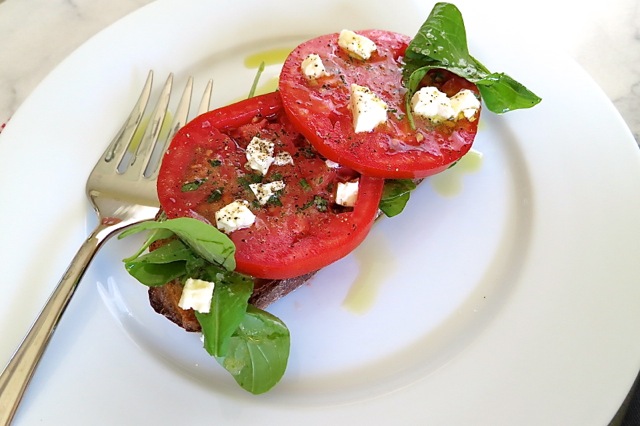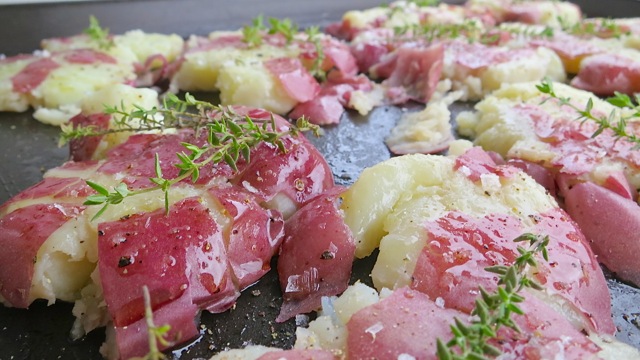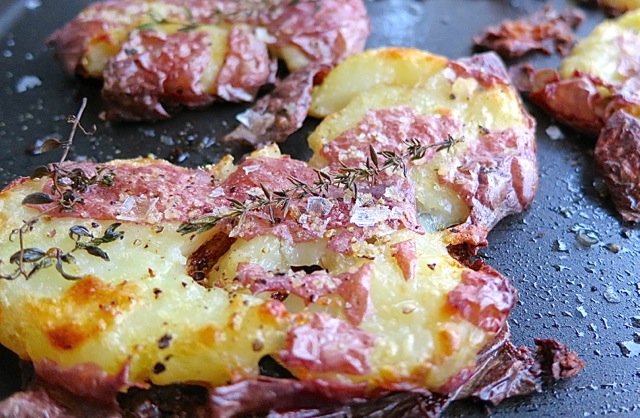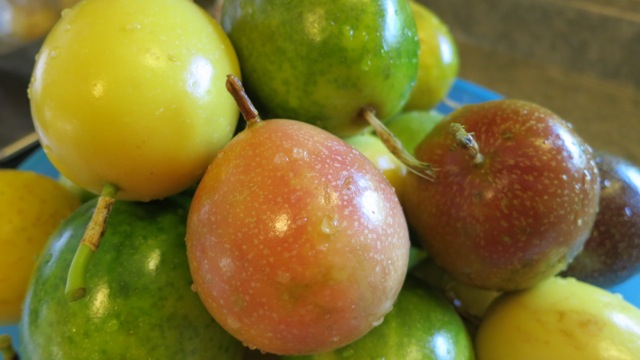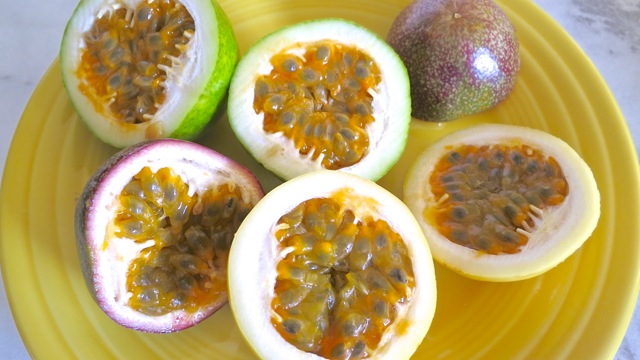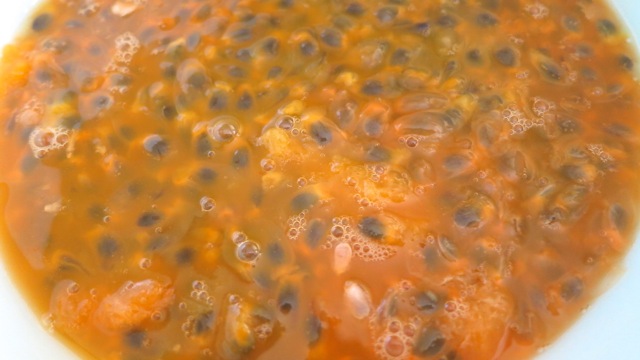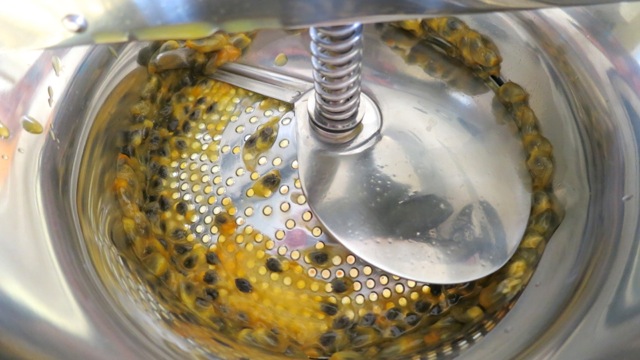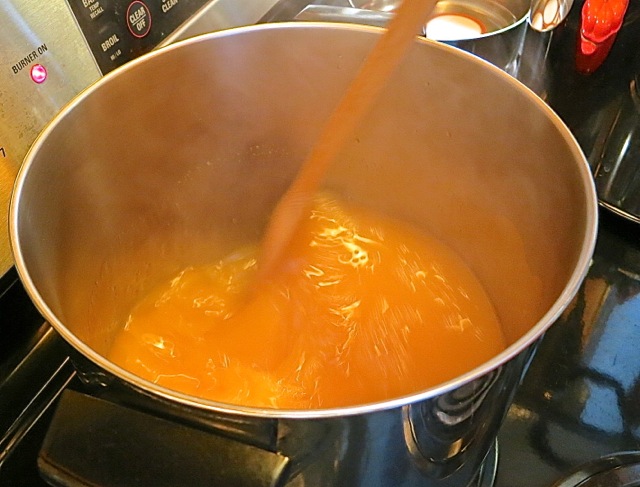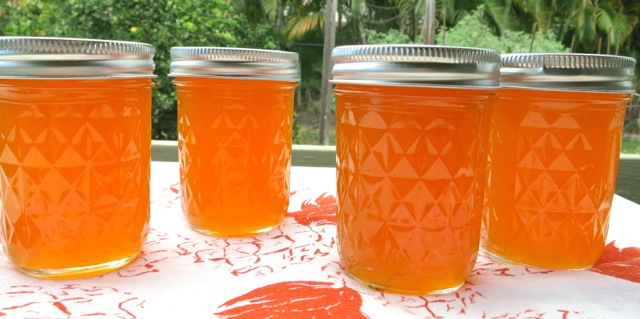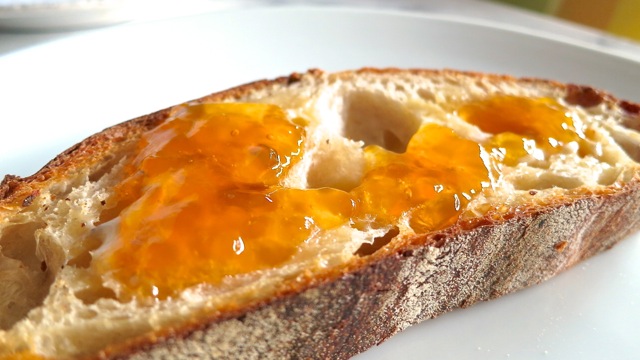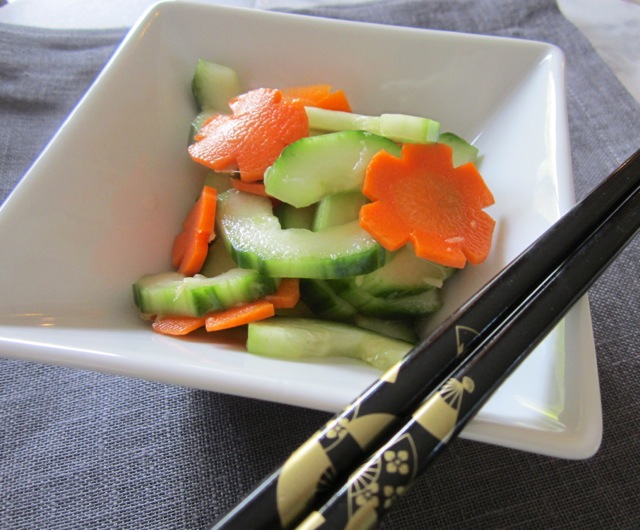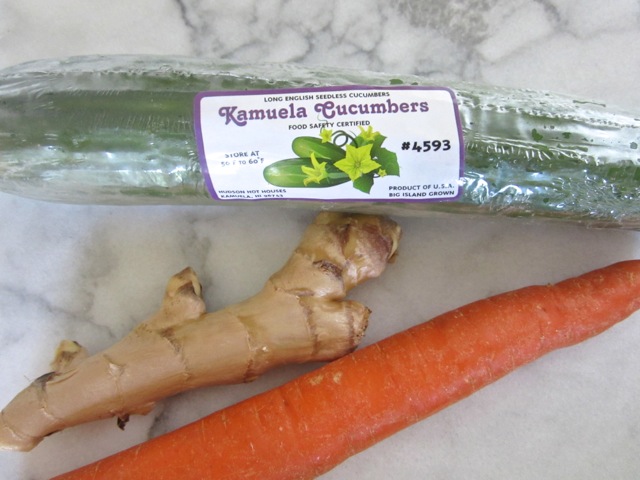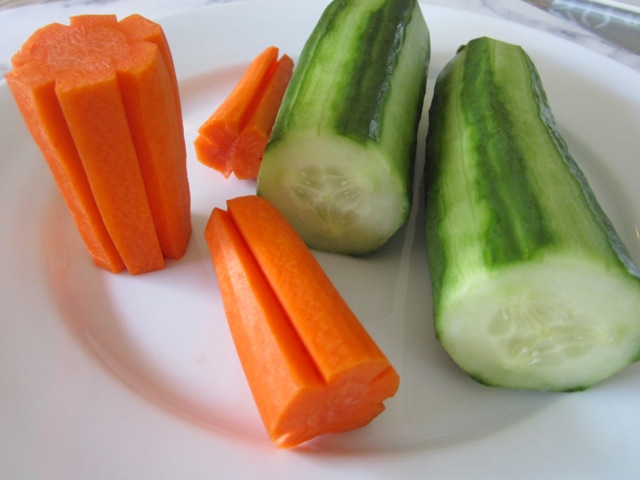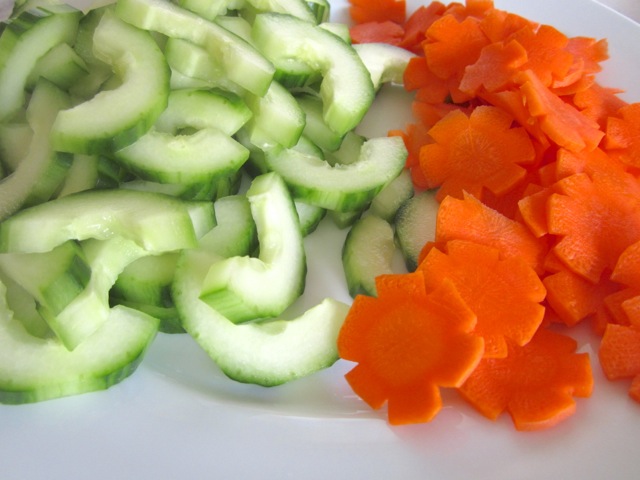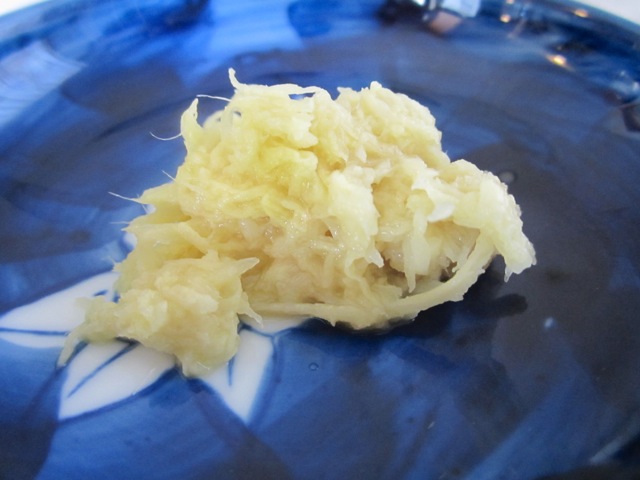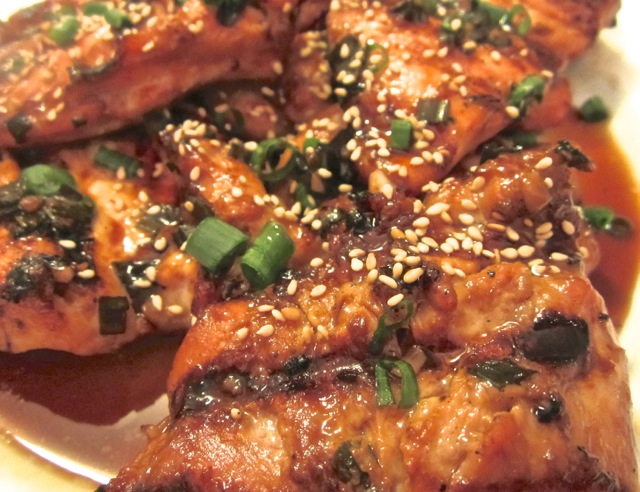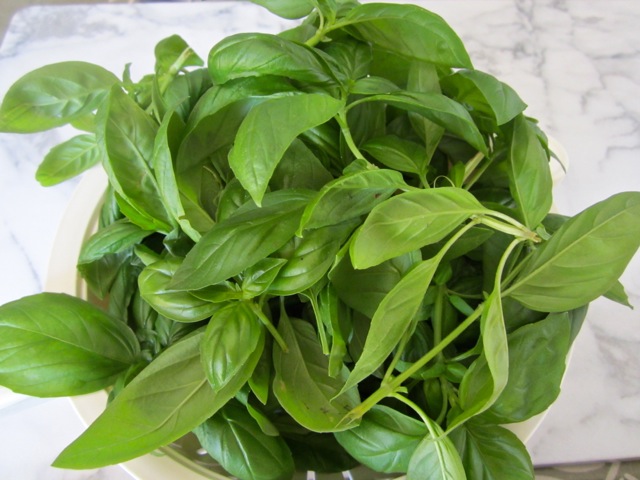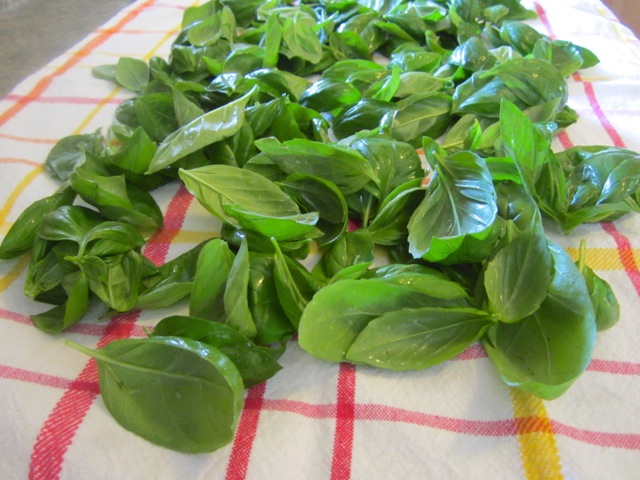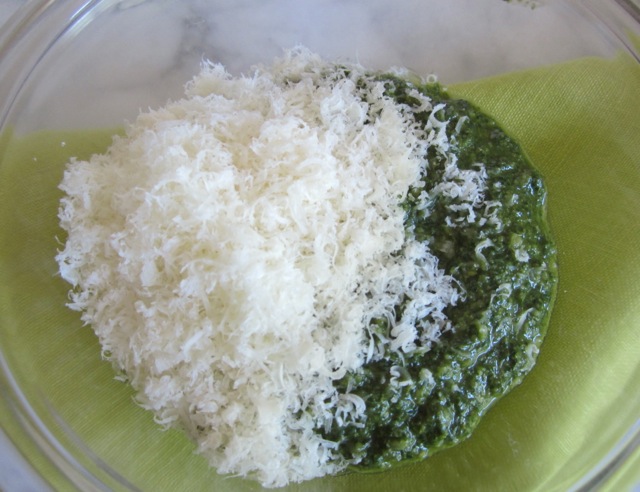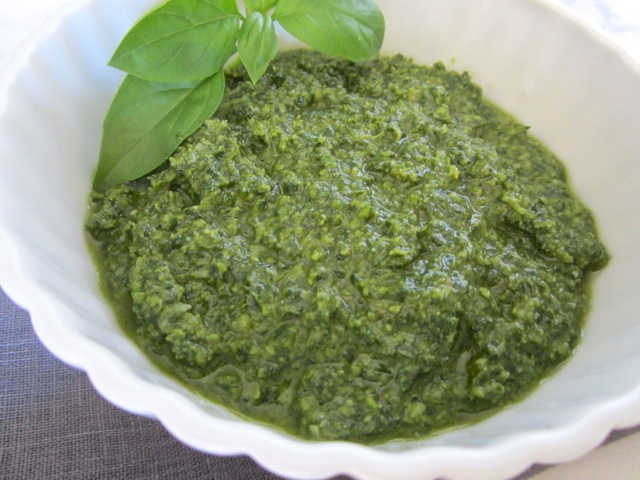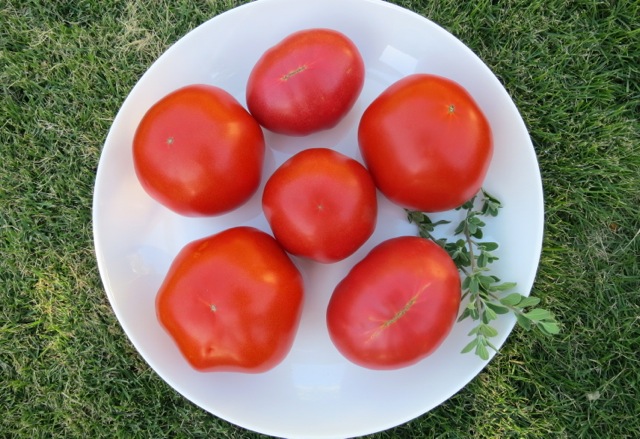 Our Big Beef and Odoriko tomatoes are flourishing on the vines and that means lots of sliced tomatoes, fresh tomato sauce, salsa, and roasted tomatoes. One of my favorite ways to eat a vine ripened tomato (just picked and warm from the sun) is in a simple salad.
Our Big Beef and Odoriko tomatoes are flourishing on the vines and that means lots of sliced tomatoes, fresh tomato sauce, salsa, and roasted tomatoes. One of my favorite ways to eat a vine ripened tomato (just picked and warm from the sun) is in a simple salad.
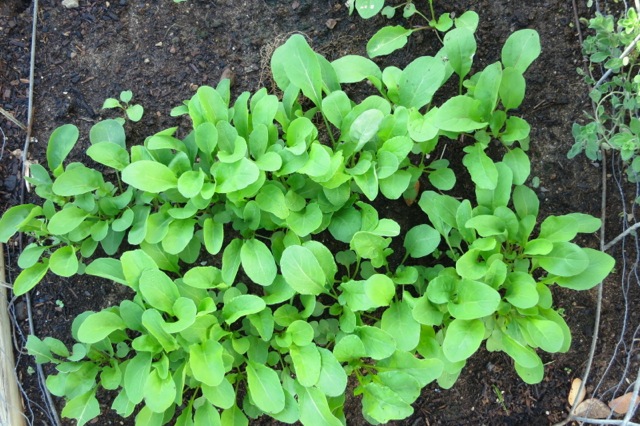 The arugula I’ve long been waiting for my husband to plant is finally here. Tender arugula leaves tossed with a bit of extra virgin olive oil and fresh lemon juice sprinkled with sea salt is one of the simplest ways to enjoy these slightly peppery leaves. This time I used fresh herb vinaigrette, which by the way is super on potatoes and salad Nicoise.
The arugula I’ve long been waiting for my husband to plant is finally here. Tender arugula leaves tossed with a bit of extra virgin olive oil and fresh lemon juice sprinkled with sea salt is one of the simplest ways to enjoy these slightly peppery leaves. This time I used fresh herb vinaigrette, which by the way is super on potatoes and salad Nicoise.
 This salad is a snap to put together and you could eat it with or without the sourdough toasts. I think the best part is the way the bread soaks up the olive oil and juice from the tomatoes!
This salad is a snap to put together and you could eat it with or without the sourdough toasts. I think the best part is the way the bread soaks up the olive oil and juice from the tomatoes!
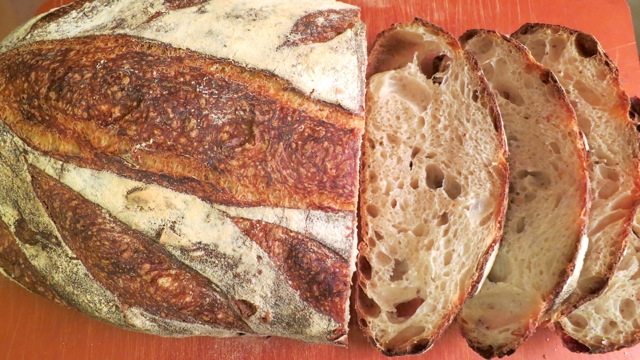 My husband John baked two loaves of gorgeous country sourdough bread. Toast a few slices, drizzle with olive oil and pile the tomatoes and arugula salad on top of the bread.
My husband John baked two loaves of gorgeous country sourdough bread. Toast a few slices, drizzle with olive oil and pile the tomatoes and arugula salad on top of the bread.
Tomato & Arugula Salad on Sourdough Toast
Ingredients
4 large slices (or more if you want) toasted sourdough bread
handful of baby arugula
2 large vine ripened tomatoes, cut into 1/3 inch thick slices
crumbled feta cheese
fresh herb vinaigrette
extra virgin olive oil
sea salt such as Maldon
freshly ground black pepper
Preparation
Toast the sourdough bread. Transfer to a plate and drizzle extra virgin olive oil over each slice. Sprinkle the bread with sea salt.
Scatter the arugula into a wide shallow bowl or plate. Place sliced tomatoes on the arugula and dress with a few spoonfuls of fresh herb vinaigrette. Sprinkle crumbled feta on the salad and drizzle a bit of extra virgin olive oil over the entire salad. Season with sea salt and freshly ground pepper.
Serve the salad on the toasted bread making sure to scoop up all of the dressing and juice from the tomatoes.
***To make this dish vegan, omit the cheese.

